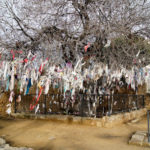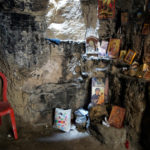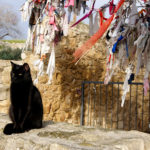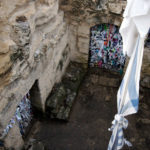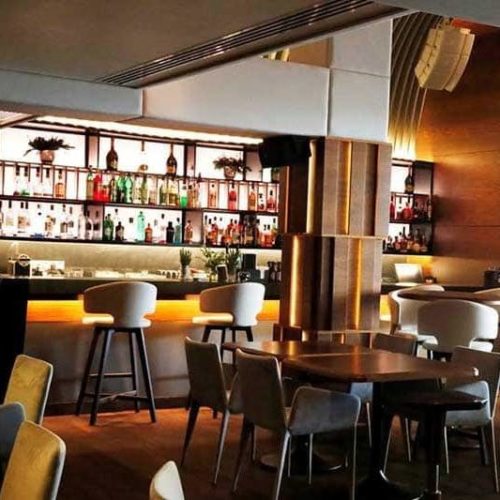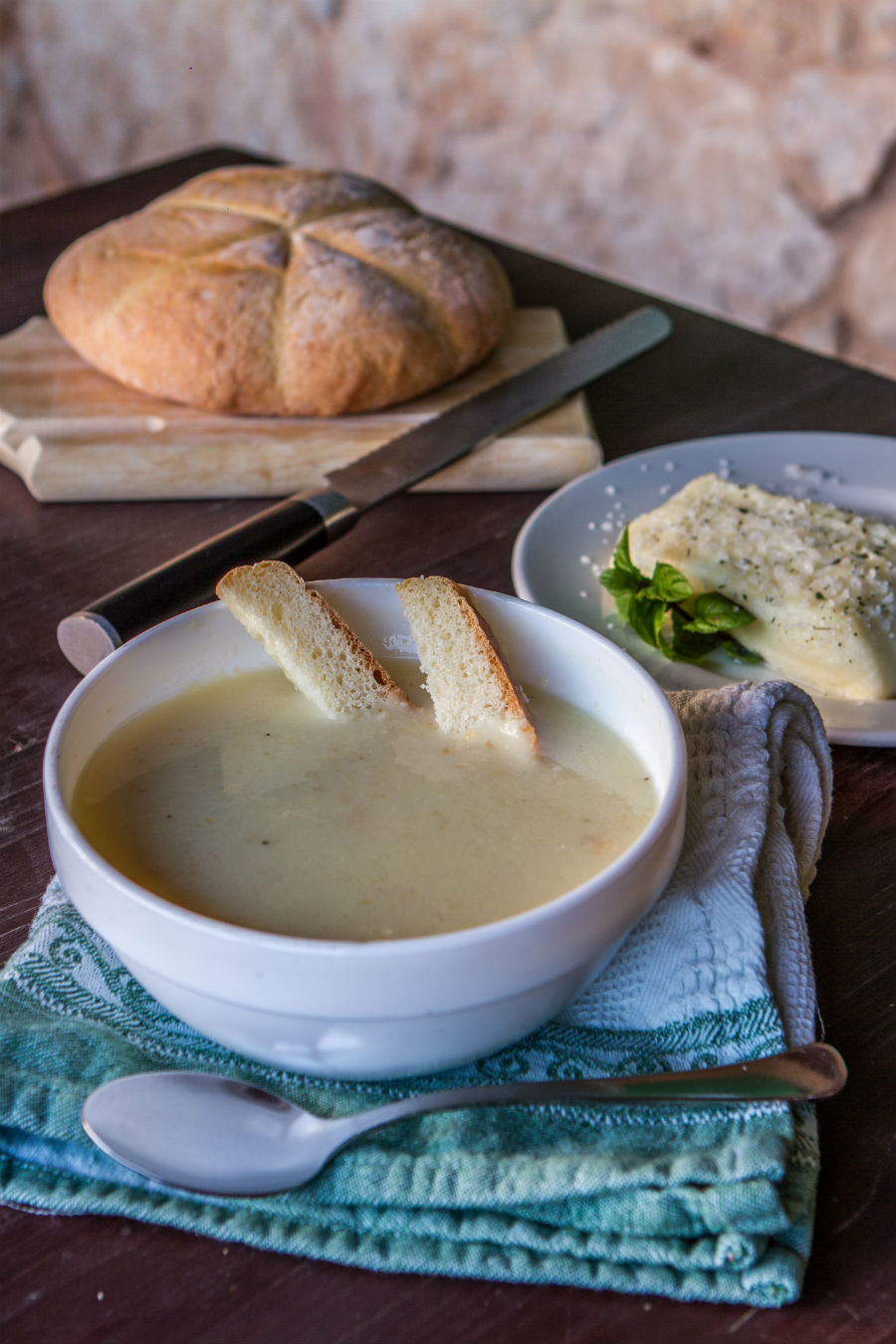The Cave Churches of Cyprus
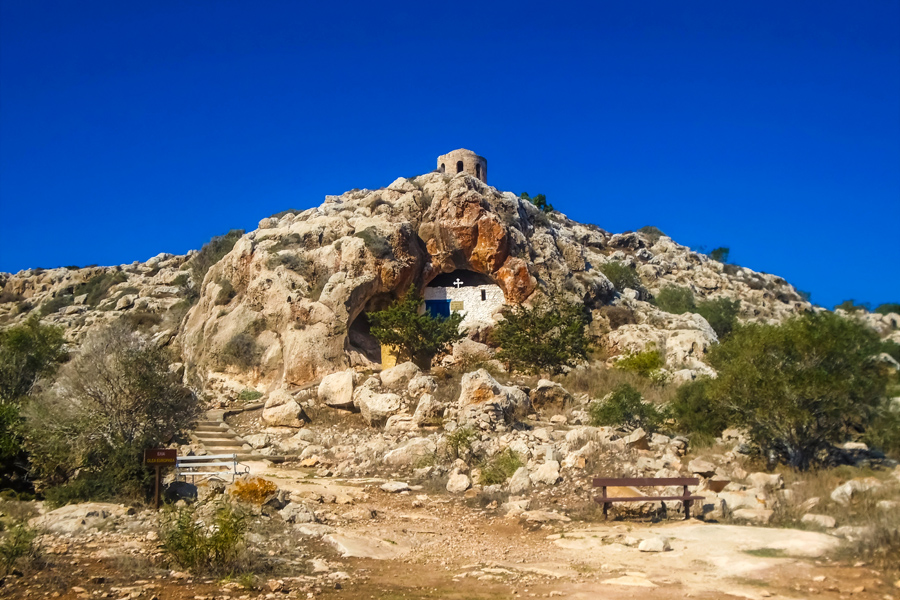
Go around a corner anywhere in Cyprus and chances are you will run into a church. Huge, beautiful and imposing, they are a landmark in every village, town and city, and some – like the painted churches in Troodos – are of such historical value that they have been designated as UNESCO World Heritage Sites.
Yet there are some churches that have been hidden away from the public eye for centuries. Steeped in legend and history, these are tucked away in remote locations, carved into mountains and built into natural caves – and they are really worth a visit.
1. Panayia Chrysospiliotissa
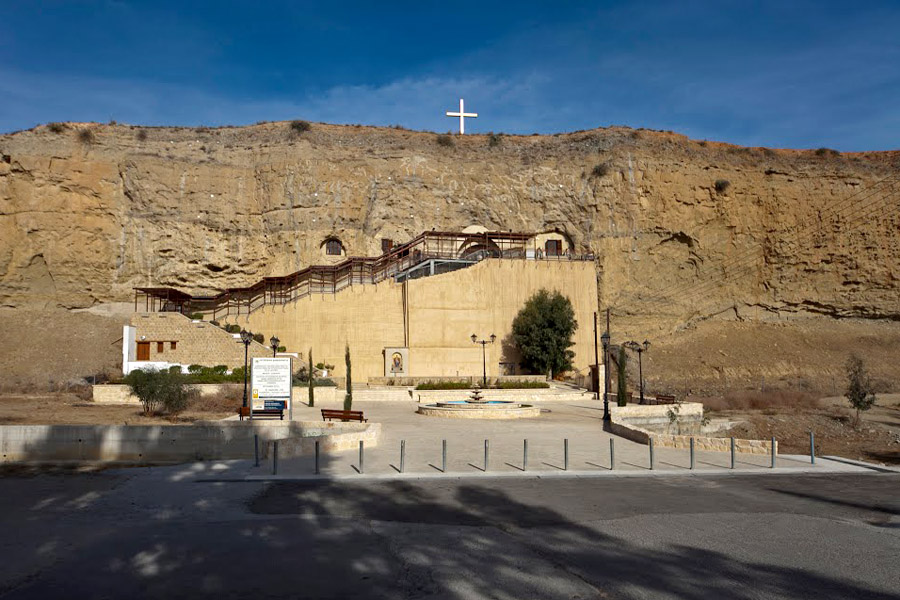
Panayia Chrysospiliotissa
Carved into a magnificent rock near the village of Kato Deftera, ‘Our Lady of the Golden Cave’ church is believed to date back to the early Christian period. Legend has it that a mysterious light led villagers into the mountains, where they stumbled upon a cave. Upon exploring the cave, they discovered a two-sided icon of the Virgin Mary at the culmination of that light.
The cave consists of three small chambers that are connected by corridors. The largest cave served as the church; inside, you can find remnants of frescoes dating back to the thirteenth and fourteenth centuries.
The icon of the Virgin Mary and Child that is believed to be the one found by the villagers is being kept at the church of St. Nicholas in Kato Deftera. A large religious festival is held on August 15, the day of the Dormition of the Virgin Mary, during which the icon is brought back to the cave.
Byzantine historians believe it is very likely that the cave was first used around the first century by Saint Iraklidios, a pupil of the apostles Paul, Barnabas and Mark, who was ordained by them as the first bishop of Tamasos. The cave is then thought to have been used as a monastic refuge and later as a hermit monastery.
It is believed that the Virgin Mary Chrysospiliotissa helps women to find happiness, to find the right companion and to give birth to healthy children.
2. Ayias Solomonis Cave Church and Catacombs, Paphos
This tomb complex, located around one kilometre from the port in Kato Paphos, is the burial site of the seven Machabee brothers, who were martyred around 174 BC. The site, carved out of limestone near Fabrica Hill, is also dedicated to Ayia Solomoni, the mother of the seven martyrs.
Ayia Solomoni was a Jewish woman who rejected idolatry and embraced Christianity. Persecuted by the Romans, she sought refuge in the cave but was walled in and condemned to a slow death. When the wall was torn down 200 years later, she miraculously walked out alive.
The entrance to the catacomb is marked by a collection of votive rags tied to a large tree outside. This pagan practice of tying rags is continued by Christian visitors today: you will see more rags surrounding the tombs, some attached to copies of icons.
According to archaeologists, the catacombs are part of an underground complex that contains tombs dating back to the Hellenistic period. Walk down a set of stairs into the open court and then on into the church and you’ll spot the remains of twelfth-century frescoes. (Photos by Lili Bonnet).
3. Ayia Thekla Cave Church, under Ayia Thekla Church
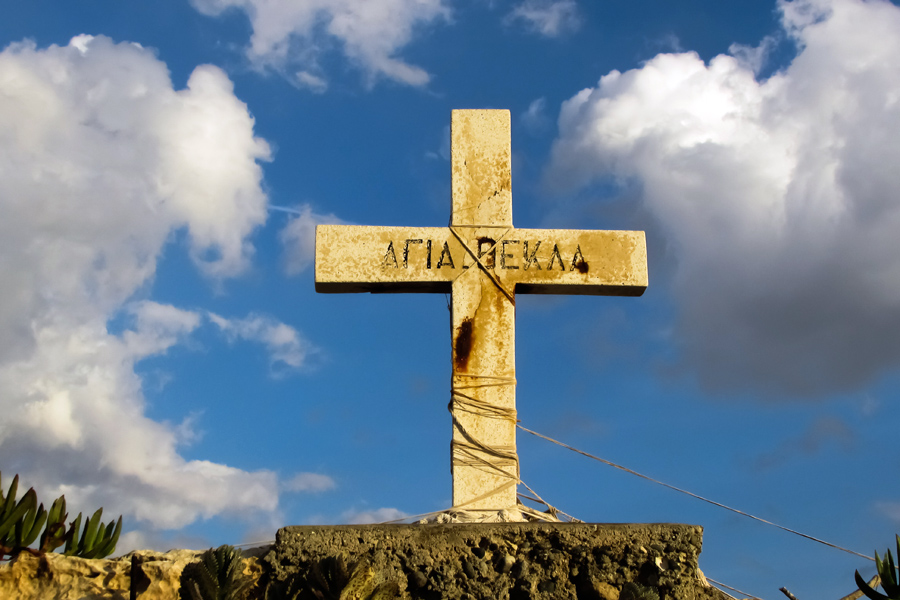
Photo by Demitris Vretsikas
High above the cliffs, overlooking a white sandy beach, lies the beautiful blue and white chapel of Ayia Thekla. The chapel is a favourite venue for weddings and photographers, but few know about the original church that was carved into the rocks below.
Marked by a white cross sitting over a small entrance, this cave church was dedicated to Saint Thecla, a virgin from what is now Konya in Turkey. Thecla was engaged to Thamyris, but after hearing Apostle Paul preach, she decided to remain a virgin and follow the missionary from place to place.
Her parents were outraged and turned her over to the authorities to be burned at the stake, but she was miraculously saved by a storm. She was later sentenced to be thrown to the lions, but she was again saved, this time by lionesses that protected her against the male lions.
The tiny cave is believed to have been a place of worship dating back to the fourth century. As you enter the cave church, you will see numerous icons and candles where people pay their respects to the saint in the belief that she will help protect their loved ones.
The cave was once mistaken for the tomb of Saint Thecla, but she was in fact buried in the village of Ma’loula in Syria, where she had ultimately retreated for a life of solitude.
4. Ayioi Saranta Cave Church, Protaras
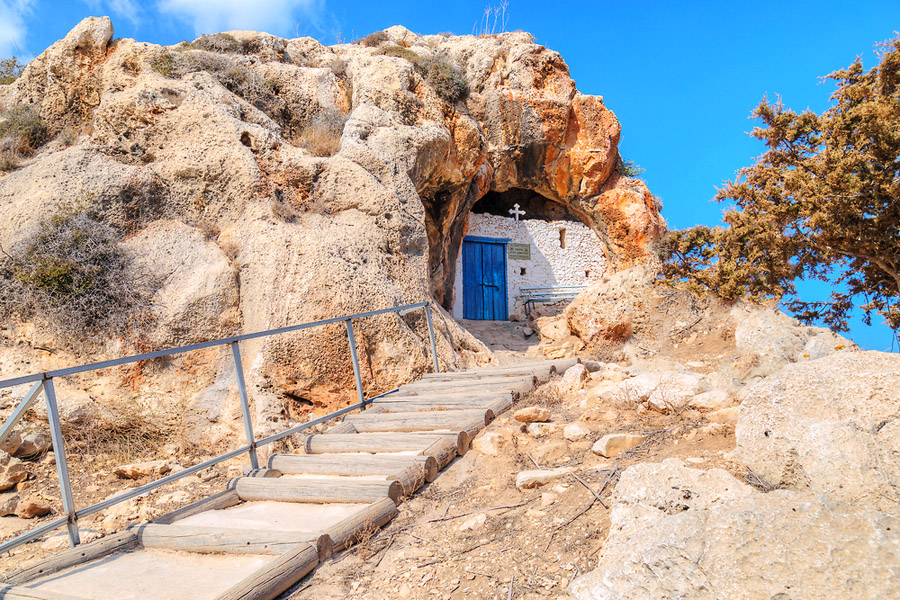
Ayioi Saranta Church
This stunning church is hidden away in a natural cave on a hill overlooking the popular tourist town of Protaras. The rugged, idyllic and beautiful scenery has been featured in UK’s MailOnline as one of the quirkiest churches in the world.
Though there is no official reference for when the church was first built, its name (which literally translates to the Holy Forty) is thought to refer to the Forty Martyrs of Sebaste. Bones found on the site were initially thought to have been of the martyred saints, but further studies revealed that the bones belonged to a species of dwarf hippopotamus that lived on the island thousands of years ago. People say that the forty stalactites in the cave also represent the saints.
Getting to the church is easy – it is clearly marked on Google Maps – but don’t be afraid to ask the locals to help you out should you get lost.

